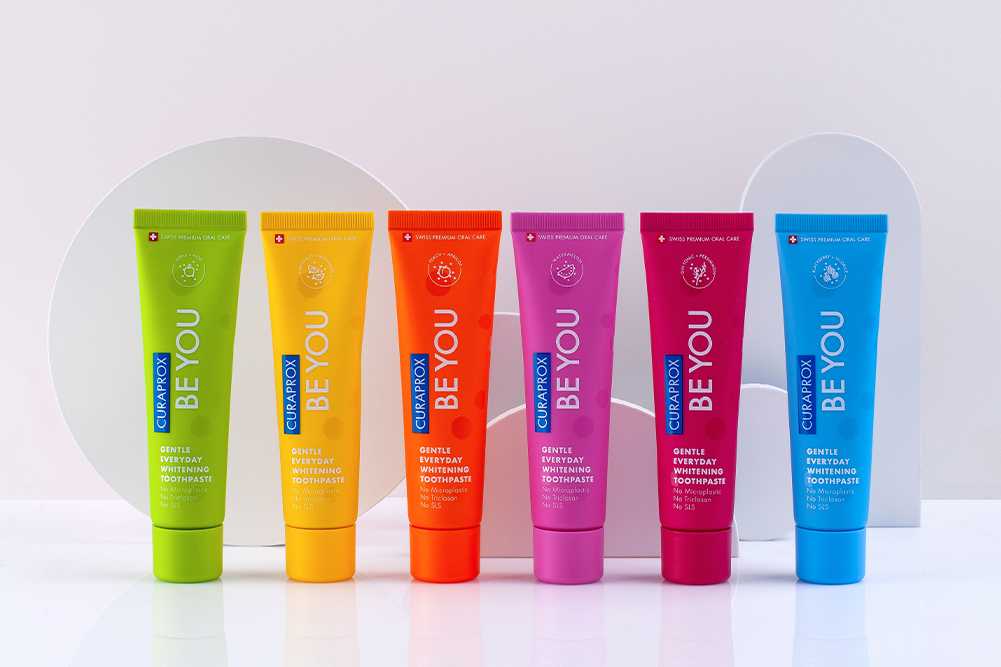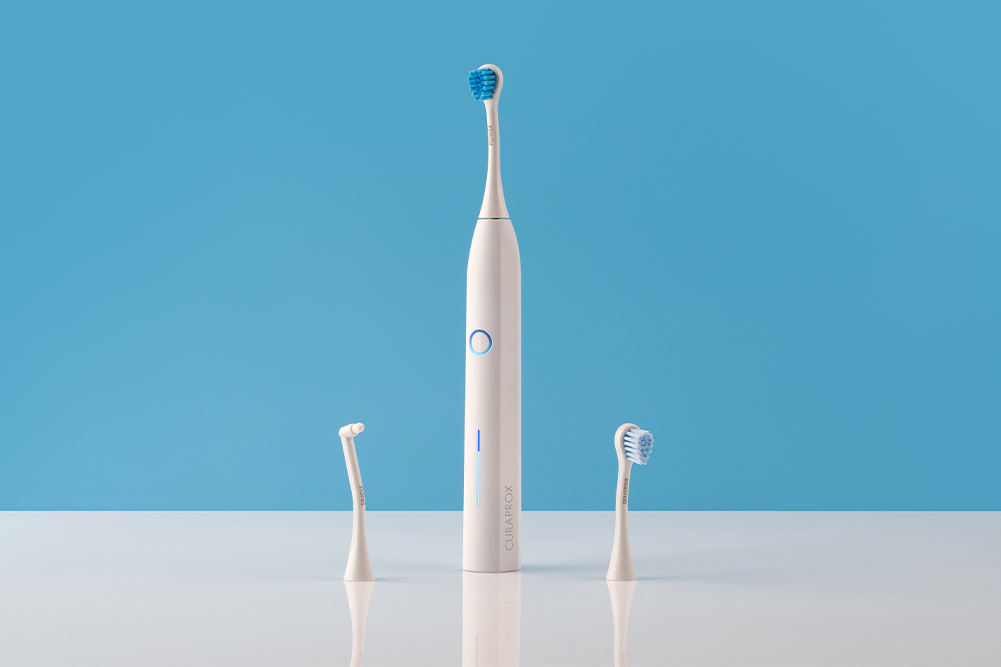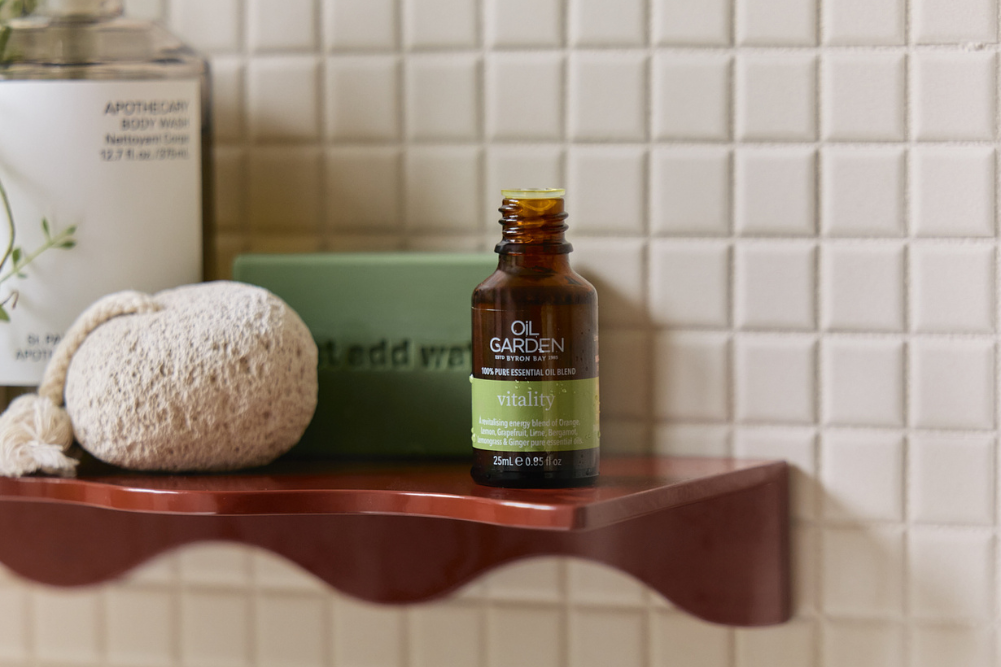The gut skin connection
Discover how gut health affects your skin. Explore the gut skin connection, inflammation, and nutrients for a clear, radiant complexion.
Vibrant, clear skin has long been the holy grail of beauty, but what if the secret wasn’t found in surface-level rituals? For years, the gut’s role in digestion and immunity was its defining narrative but emerging research suggests that what happens in the twists and turns of the digestive tract may ripple outward, influencing everything from breakouts to premature ageing. Scientists refer to this as the gut-skin axis, a complex relationship that may explain that an imbalanced gut microbiome, heightened systemic inflammation and impaired nutrient absorption could all manifest on our most visible organ — our skin.
While the gut-skin connection remains an evolving field, scientists are uncovering intriguing parallels between microbial diversity and complexion clarity. Could the key to a calm, resilient and luminous complexion lie not just in what we apply on top, but in how we nurture our inner ecosystem?
How your gut talks to your skin
Beneath the surface of our skin lies an intricate biological conversation — one that extends far beyond our skincare routines. More than digestion, the gut plays a far-reaching role in regulating the body’s immune and inflammatory responses — two critical factors in skin health. Researchers exploring the gut-skin axis suggest that imbalances in the gut microbiome may not just disturb internal health but could also influence skin conditions.
“The gut is connected to so many facets of our wellbeing. Around 70-80 per cent of the immune system resides in the gut, and it also plays a role in serotonin production, our feel-good hormone,” explains Jessica Sepel, wellness expert and founder of JSHealth Vitamins. “The microbiome plays a foundational role in our overall health, so it’s no surprise that now we’re seeing compelling research linking gut health to skin health as well.”
Researchers agree that at the centre of this connection is the gut microbiome — a vast network of trillions of bacteria that shape immune responses, influence oxidative stress and regulate inflammation. When this delicate ecosystem is thrown off balance, a phenomenon known as dysbiosis, the effects may be systemic and show up on the surface with increased skin reactivity, breakouts and accelerated ageing.
“Evidence suggests that issues such as acne, psoriasis, dermatitis and eczema could stem from a disrupted gut microbiome, which is the catalyst for immunemodulated inflammation,” says Sepel.
Another key player is intestinal permeability, a condition where the gut lining becomes compromised. The gut lining acts as a protective barrier, preventing harmful substances from entering the bloodstream. But when weakened, it may allow toxins and inflammatory molecules to circulate throughout the body, triggering immune responses that amplify skin inflammation. Some researchers propose that this could contribute to persistent redness, irritation and inflammatory skin conditions.
“This interconnectedness is particularly evident in research examining gut disorders and inflammatory skin conditions,” says Sepel, citing a 2018 study that found that individuals with acne had a less diverse gut microbiome than those without, reinforcing the idea that gut microbial balance influences skin inflammation.
A comprehensive review published in the Journal of Microbiome Research in 2022 highlighted that individuals with atopic dermatitis exhibited a higher prevalence of gut dysbiosis, characterised by an imbalance in gut microbial communities. This imbalance was associated with increased intestinal permeability, commonly referred to as “leaky gut”. Additionally, the review noted that patients with psoriasis often showed reduced levels of beneficial gut bacteria, suggesting another potential link between gut microbial composition and skin health.
Making the gut-skin connection work for you
If a thriving gut microbiome is the foundation of skin health, the question becomes: how can you work with this connection and cultivate balance within? The next step lies in strengthening gut health through targeted nutrition, lifestyle shifts and scientifically supported interventions, so that the microscopic messengers that are sending the information between your belly and your skin are working for you, not against you.
“Ultimately, we want to go to the gut and address the root cause of skin conditions when they are gut-related, with nutritional protocols, including therapeutic doses of nutrients and minerals, as well as looking at supporting lifestyle factors,” advises Sepel. This allows you to use the gut-skin axis to your advantage, regulating inflammation and enhancing skin resilience from the inside out.
Probiotics and prebiotics
The gut microbiome thrives on a diverse range of beneficial bacteria, and maintaining this balance plays a role in modulating inflammatory skin responses. Probiotics, found in fermented foods and supplements, introduce beneficial microbes that contribute to gut and skin health. Prebiotics serve as fuel for these microbes, fostering a robust internal ecosystem. Think of probiotics as the gut-loving workers and prebiotics
as their packed lunch!
A study found that specific probiotic strains, such as Lactobacillus and Bifidobacterium, reduced acne severity and improved skin barrier function. These findings reinforce the understanding that gut microbial diversity plays a role in systemic inflammation, which can manifest in the skin.
Sepel recommends taking a high-quality, multistrain probiotic supplement daily. “Look for one that contains a blend of different science-backed strains, with 35 billion colony-forming units (CFU) of live probiotics per capsule.” When it comes to prebiotics, dietary sources are a delicious way to fuel your inner ecosystem. “Incorporate a variety of prebiotic-rich foods into your diet, such as garlic, onions, asparagus,
bananas and oats,” Sepel suggests. “Just as diversity is key in the foods we eat, it’s also essential for the microbiome — eating a wide range of plant-based foods can help cultivate a diverse and thriving gut environment that supports both digestion and skin health.”
Anti-inflammatory nutrients
“Inflammation is a key driver of many gut and skin concerns, making an anti-inflammatory approach crucial for maintaining balance within both systems,” says Sepel. A great place to start is by focusing on certain nutrients that have been shown to regulate inflammatory pathways, support gut microbial diversity and protect skin from oxidative stress.
Omega-3 fatty acids, found in fatty fish, flaxseeds and walnuts, have been studied for their role in reducing systemic inflammation, which may benefit inflammatory skin conditions such as acne, rosacea and eczema, as well as preventing “inflammageing” — accelerated ageing of the skin due to inflammation. Polyphenols, present in green tea, berries and dark chocolate, are another helpful focus for microbiome diversity, while offering antioxidant protection against skin-damaging free radicals. Curcumin, the active compound in turmeric, has demonstrated potential in modulating gut bacteria and lowering inflammatory markers, making it a valuable nutrient for gutskin harmony.
Nurturing gut barrier integrity
Since intestinal permeability has been associated with systemic inflammation, reinforcing the gut lining is a crucial step in maintaining skin health. Functional foods such as bone broth, which is rich in collagen and amino acids like glycine and proline, may help support gut-barrier integrity by nourishing the cells of the intestinal lining. Other key nutrients, including L-glutamine, zinc and collagen peptides, have been
studied for their role in strengthening the gut lining and potentially mitigating inflammatory skin flare-ups.
Sepel also advises being mindful of dietary choices that can contribute to gut inflammation. “Certain foods, alcohol and excessive refined sugar can disrupt gut integrity and trigger inflammation,” she explains. “Being aware of potential irritants and intolerances — such as gluten for some individuals — can make a significant difference in how the gut, and ultimately the skin, responds.”
A harmonious lifestyle
While nutrition lays the foundation for a thriving gut-skin axis, daily habits shape the environment in which this delicate system functions. The way we manage stress, hydrate and align with natural rhythms can significantly influence microbiome balance and, in turn, skin health.
Stress management is a critical yet often overlooked component of gut and skin health. Psychological stress has been shown to disrupt the gut microbiome, heightening systemic inflammation and contributing to inflammatory skin conditions. Chronic stress may alter microbial composition and impair skin barrier function, making stress regulation essential for long-term skin vitality.
“Managing stress is key” Sepel emphasises, with a lifestyle that prioritises cortisol regulation and nervous system health. “Incorporating daily rituals such as meditation, yoga, walking in nature, learning to say ‘no’ and simply taking a moment to pause can help calm the nervous system and, in turn, support a more balanced gut environment.”
Circadian rhythm alignment plays an equally pivotal role in supporting gut and skin function. The gut microbiome operates on a biological clock, meaning that consistent meal timing, exposure to natural light and quality sleep all contribute to microbiome stability. For Sepel, prioritising an evening wind-down routine is essential for deep sleep, which supports both gut and skin regeneration. “A structured nighttime ritual allows the body to enter a restorative state,” she explains.
“Limiting screen time before bed, sipping on a calming herbal tea, taking a relaxing lavender bath or shower and practising gentle techniques to calm the nervous system — such as putting your legs up the wall and deep belly breathing — can help signal to the body that it’s time to rest, allowing for optimal repair overnight.”
An invitation to whole-body wellness
While research into the gut-skin connection continues to evolve, the evidence already suggests that the health of our microbiome plays a significant role in skin integrity, resilience and overall appearance. Scientists are still uncovering the precise mechanisms that link gut health to skin function, yet what is clear is that a well-balanced gut microbiome, reduced systemic inflammation and mindful lifestyle choices all contribute to a happier complexion — and a healthier you.
Taking a holistic approach invites you to harness the potential of this internal ecosystem. While topical skincare will always have its place, true skin health starts far deeper, in the unseen world of the gut. As research in this space continues to grow, embracing the gut-skin axis may be one of the most promising frontiers at the intersection of beauty and health. Here, an invitation lies to mindfully embrace whole-body wellness — one that you feel within and radiates outward.








